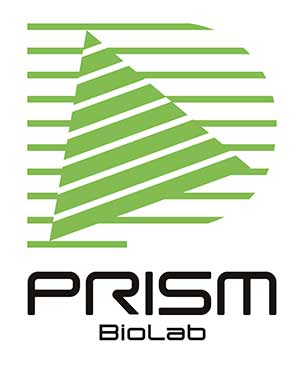Peptides exert high biological activity and specificity toward the target protein and sometimes accumulate in a particular tissue or organ owing to the transporter selectivity. Peptide-based drugs are aiming for smart utilization of the advantages and the conquest of disadvantages of peptides.
Here is an interesting paper on hybrid molecules with peptides for therapeutics.1) This paper mainly describes peptide-bioactive structure hybrid in infection treatment.
The concept of hybrid molecules is fundamentally of use in PepMetics® strategy: a rational and straightforward approach to a drug candidate by taming the peptides’ nature.
Molecular conjugation is one of the widely accepted tactic of targeted drug design strategy in order for the development of intrinsic DDSs (drug delivery systems).2) Conjugation tactics are conceptually simple: chemical conjugation of a drug itself and a target-specific molecule with an appropriate linker.
Peptide-drug Conjugates (PDCs) and antibody-drug conjugates (ADCs) are the representative examples of chemically conjugated drugs.3) 177-Lu-dotatate (lutathera) is the first approved drug of PDCs in the US and tens of PDCs are in clinical trials now.1) The selectivity is problematic especially in the case of cancer therapy and PDCs for cancer-targeted therapy is the field of intense4) and the indications of most of the PDC drugs in clinical trials are cancers and solid tumors.
Hybrid molecules are conceptually a bit different from PDCs. “Peptide-linker-drug” is the basis of PDCs but a hybrid molecule, according to the definition in this paper, is just a conjugation of two molecules in order for obtaining high potency, specificity, stability and so on.
In other words, the concept of hybrid molecule is a merge of two molecules of interest to seek out a better lead for drug discovery and development.
Let us take a couple of representative examples. Levofloxacin was conjugated with a 7-mer CPP (cell-peenetrating peptide) by a simple thioester to enhance the antimicrobial activity.5)
Vindoline analogues conjugated to 8mers of oligo arginine and tryptophan were demonstrated to allow a slight decrease in IC50 value against C26 and P388 tumor cell lines.6)
PepMetics® strategy has similarity in the enhancement of activity and efficacy. After the determination of hits with PepMetics® library, SAR (structure-activity relationship) is necessary in the stages of lead identification and optimization.
Our molecules have capacity to incorporate another molecule of interest to improve the PK/PD just by replacing one of the four units. Owing to the synthetic robustness and convergency, molecular hybrid synthesis is usually be conducted with a good speed and accuracy with our molecules. This is one of the approaches to merge the advantages of PepMetics® and existing know-hows for rapid drug development.
Targeted therapeutics have patient-friendly nature because of their high selectivity toward the lesion, the malignant tissue, and the biomolecule like enzyme with malfunctions. The nature of peptides would allow us to defy the limitation and to reach the drug to satisfy the need of patients.
Hybrid molecules, including PDCs and ADCs in a broad sense, have a potential to make breakthrough even though so many issues are present for the candidate identification.
PepMetics® has high compatibility with molecular hybrid synthesis. If interested, please feel free to contact us for discussion to see if PepMetics® or our science can solve the problems.
1) https://doi.org/10.1016/j.apsb.2022.07.020
2) https://doi.org/10.3389/fchem.2022.889083
3) https://doi.org/10.2174/0929867324666170404142840
4) https://doi.org/10.3390/molecules26196042
5) https://doi.org/10.1002/psc.3277
6) https://doi.org/10.1002/psc.3118

